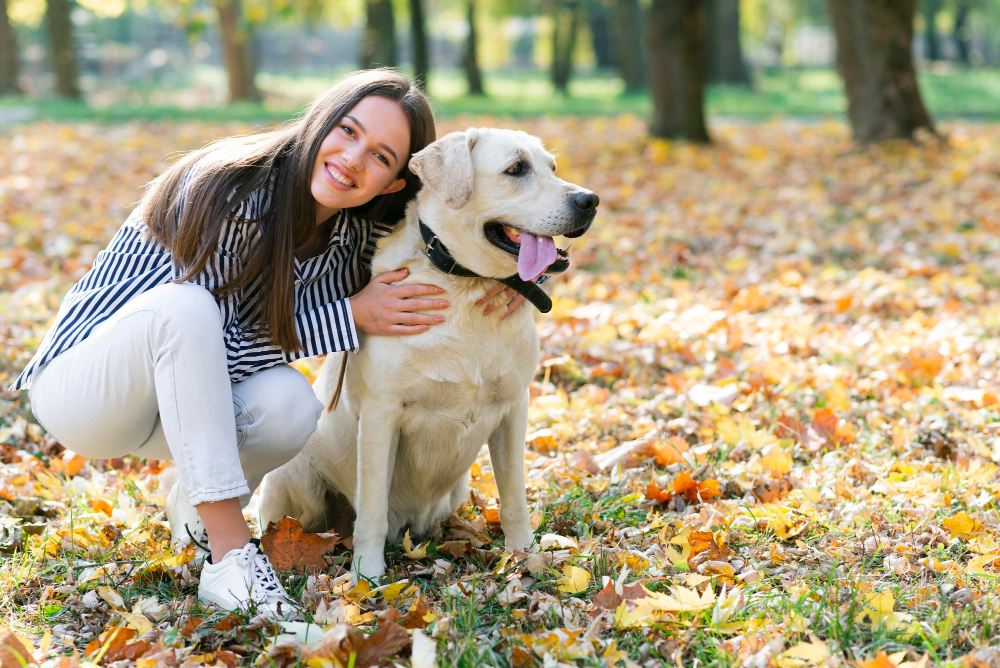
The Unspoken Language: Understanding Your Pet’s Body Cues
Beyond Barks and Meows: Decoding Your Pet’s Communication
Our pets may not speak in human words, but they are constantly communicating with us through a rich array of body language, vocalizations, and behaviors. Learning to understand these subtle cues is key to building a stronger bond, anticipating their needs, and ensuring their comfort and happiness. Ignoring these signals can lead to misunderstandings, stress, or even behavioral problems.
For dogs, a wagging tail isn’t always a sign of happiness; the height and speed of the wag, along with the dog’s overall posture, can indicate excitement, anxiety, or even aggression. A low, slow wag might suggest apprehension, while a stiff, high wag could signal dominance. Pay attention to their ears (pinned back can mean fear, forward and alert means interest), their eyes (dilated pupils can indicate fear or excitement), and their posture (a low crouch might be submission, while a stiff stance can be a warning). A “play bow” (front end down, rear end up) is a clear invitation to play.
Cats, often perceived as more enigmatic, also have a detailed language. A slow blink is a sign of trust and affection – try doing it back to them! An upright, twitching tail shows alertness, while a puffed-up tail indicates fear or aggression. Kneading, often called “making biscuits,” is a sign of contentment from their kittenhood. Flattened ears or a hissing sound are clear warnings to back off. Understanding these nuances can prevent scratches or bites and deepen your understanding of your feline friend.
Even smaller pets like rabbits, birds, or hamsters have their own forms of communication. A rabbit thumping its hind leg often means fear or danger. A bird puffing up its feathers can be a sign of being cold, ill, or relaxed, depending on the context. Knowing these species-specific signals allows you to provide better care and a more enriching environment.
The best way to become fluent in your pet’s language is through careful observation and patience. Spend time watching them interact with their environment and with you. Pay attention to changes in their usual behavior. If you notice persistent signs of stress, pain, or unusual behavior, don’t hesitate to consult your veterinarian or a professional animal behaviorist. By truly listening with your eyes and ears, you’ll unlock a deeper level of connection with your cherished companion, creating a home built on mutual understanding and love.

Add a review
Your email address will not be published. Required fields are marked *